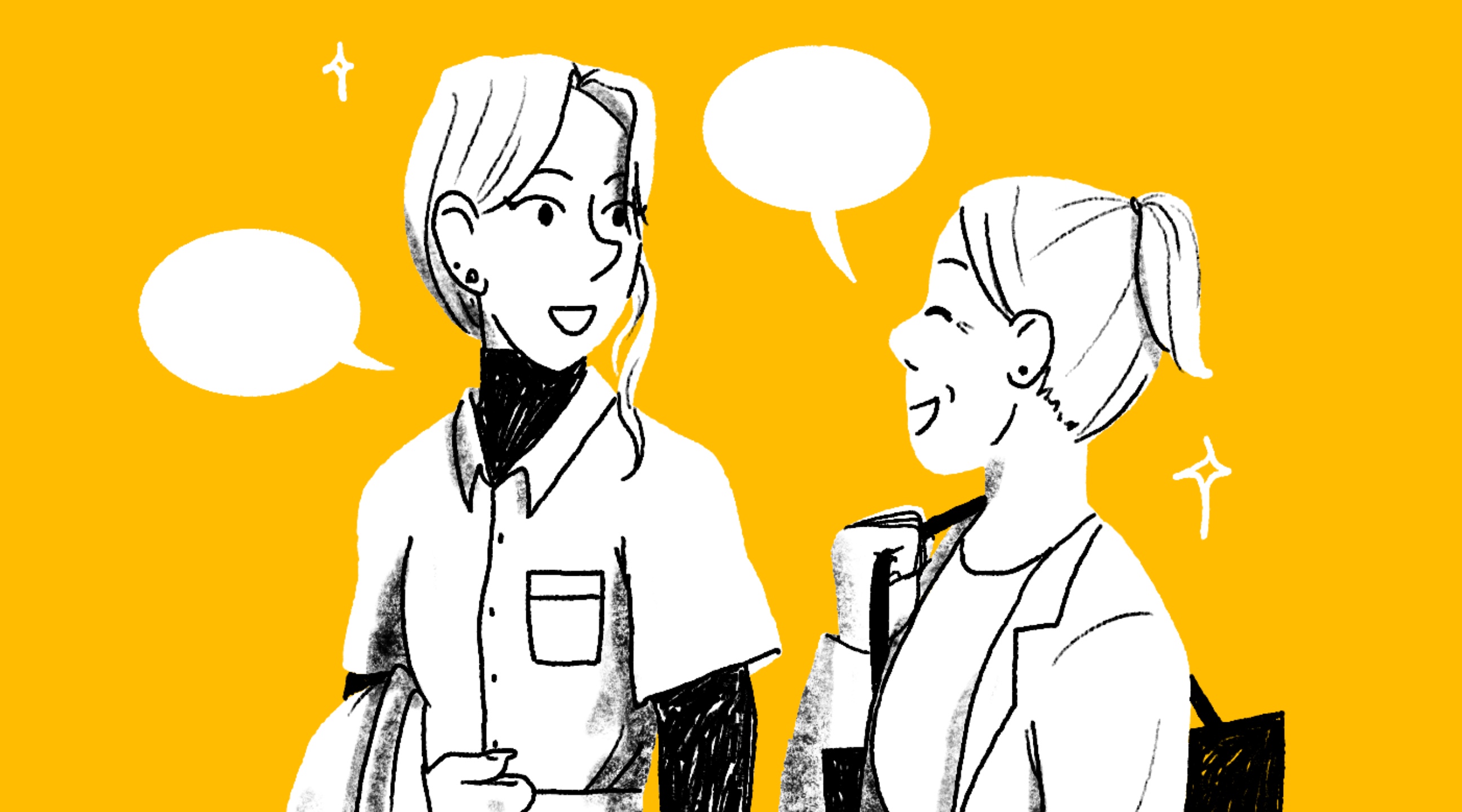While May and June spotlight mental health awareness, the need for care and attention doesn’t end there. In fact, maintaining mental well-being requires an ongoing effort—it’s not a one-and-done approach.

Some companies offer a mental health day in May. Others bring in speakers or host a stress management workshop. Those are great starts. But the real impact comes from making these things the norm—not just the exception once a year.
It’s common for employees—especially at larger companies—to feel that once the initial onboarding energy wears off, the support does too. That can leave people feeling like they’re just a number, disconnected from the resources that are supposed to help them. Whether or not that’s true in your workplace, the perception alone is enough to make someone consider walking away.
Mental health support doesn’t have to be flashy or complicated. But it does need to be real, ongoing, and visible.
According to the American Psychological Association's 2021 Work and Well-being Survey, nearly 3 in 5 employees (59%) reported experiencing negative impacts of work-related stress in just the past month. These included things like:
All of these are classic burnout symptoms. The World Health Organization defines burnout as:
If your company only talks about mental health once a year, you’re likely missing the mark—and employees may be more likely to associate negative emotions with their job or the company as a whole.
You might be thinking, “But we already offer this kind of support—therapy reimbursements, coaching, mental health days, all of it.” And that might be true! But the bigger question is: do your employees know that?
Do they know when they’re eligible? How to access the benefit? Do they feel safe asking questions about it?
The best mental health support in the world won’t matter if people don’t know it exists or if it’s buried behind log-ins, long PDFs, or HR speak that feels hard to navigate.
Helping people understand and use their benefits is just as important as providing them. And that’s exactly where Pendant comes in.
Mental health isn’t tied to a calendar. Stress, burnout, and anxiety don’t wait for awareness months. That’s why Pendant is built to help HR teams support employee well-being all year long:
Mental health isn’t a message specific only to May or June. It’s a responsibility—one that deserves your attention every month of the year.
Your benefits have the power to make a real impact—but only if employees know they exist, understand them, and feel comfortable using them. Pendant helps bridge that gap with intuitive tools, empathetic delivery, and timely visibility.
Want to see how Pendant helps your mental health offerings work harder, longer? Let’s talk.